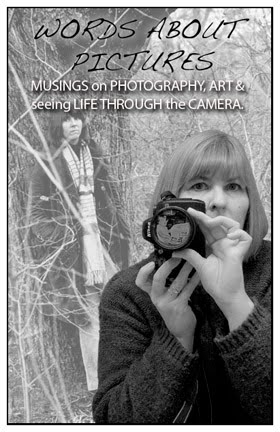 |
| Eagle pair photographed June 6, 2016. Mama is on the left. |
This is my seventh season observing longtime bald eagle mates and their extended family in western Washington State. The pair I've been photographing have been nesting in the area for at least 12 years. Since bald eagles are 4-5 years old when they start nesting, this pair is at least 16 years old.
 |
| Photographed June 15, 2016. Papa is on right. |
A quick overview about bald eagles. These magnificent raptors can live 25-30 years in the wild. It takes about four years for them to develop their distinctive white heads and tails. Coincidentally, that's also when they seek a lifelong mate.
I've visited the nest area a few times since January. I would see one eagle but not two. I began to wonder if one of them died. About a week ago, I was unloading groceries from my car and two adult bald eagles were gliding above my neighborhood. I saw dark object go down about 50 feet from my backyard. Then I saw the other eagle flying right above the street about 20 feet. I looked up at her and she looked back. I called "what are you guys doing?" And they flew off empty taloned. I suspect they were hunting one of the large numbers of cottontails in the area and hoped they weren't trying to pick up a neighbor's cat! Bald eagles can carry about 6-7 lb. but have been known to try for larger prey.
 |
| Bald eagle pair spotted a few blocks from my house - in the opposite direction of the nesting pair I observe. |
I'm still not sure if this was "my" pair but I felt better about the prospects for this season. This pair is usually hatching eggs in late March and nurturing eaglets in April. If they are working on the same general schedule, this had to have been another pair. I have friends on the other side of town who have spotted a bald eagle pair frequently. And we're seeing more adult bald eagles in our neighborhood. Perhaps another nest in the area...but not too close. Eagles are territorial and protect the nest area during breeding season. The nest area is usually 1-2 square miles.
 |
| Papa eagle getting in better position to talk to other members of the eagle clan. |
Yesterday at midday I spent about an hour photographing papa eagle. He didn't leave his sentry post, except to get to a more open branch to talk to his kin. I could hear mama but can't tell where the nest is located. She sounded like she's farther back in the woodland, which will be challenging to photograph. I met a neighbor who I hadn't met before. He told me that he photographed the pair mating at the end of February. That would put them on schedule for nesting.
Papa spotted two adult bald eagles at least 200 feet above us (the below image of the two eagles was cropped from a photo taken with a 600-mm lens) and engaged in a few minutes of what I call "chortling." When eagles aren't happy with a visitor or want to scare a creature off, the use more of a shriek that travels a long way. This chortling call is also loud but used when mates greet each other or other kinfolk.
More photos of my favorite nesting pair for the 2017 season are in my Flickr gallery, which I will be regularly adding to this spring and summer:
Eagle Season.
 I still can't figure out where my favorite bald eagle pair are nesting. I see one or the other in one of the favorite "keeping watch" trees. And because I'm not seeing them together in those trees, I'm assuming that one is sitting on a nest...somewhere. One of my neighbors photographed them mating, so that's probably what's going on. This pair has typically hatched babies about this time and we start seeing fuzzy eaglets by mid-May. They develop pretty quickly and are ready to fledge (fly the nest) anywhere from mid-July to mid-August.
I still can't figure out where my favorite bald eagle pair are nesting. I see one or the other in one of the favorite "keeping watch" trees. And because I'm not seeing them together in those trees, I'm assuming that one is sitting on a nest...somewhere. One of my neighbors photographed them mating, so that's probably what's going on. This pair has typically hatched babies about this time and we start seeing fuzzy eaglets by mid-May. They develop pretty quickly and are ready to fledge (fly the nest) anywhere from mid-July to mid-August.






























